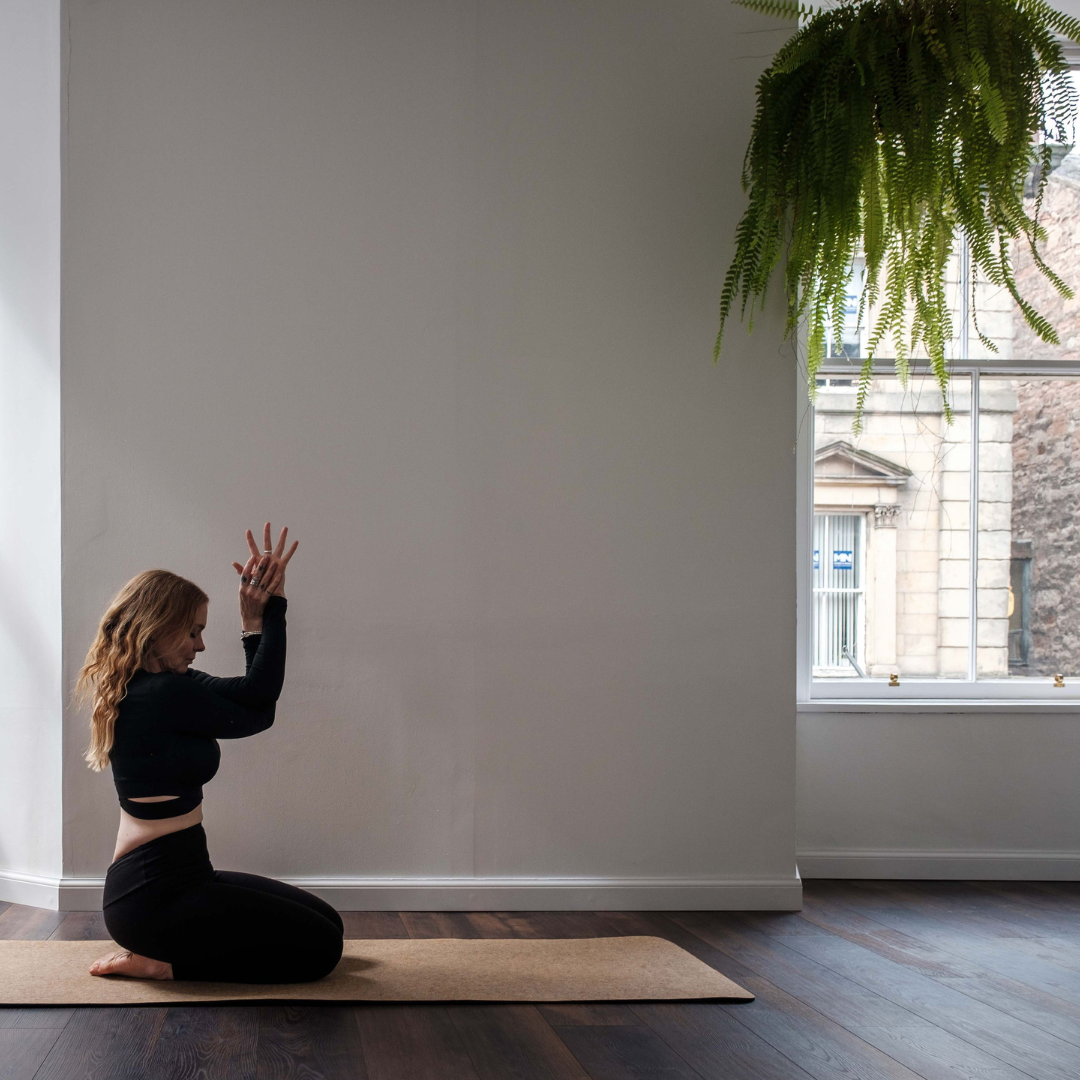If raga is the longing for what pleases us, dvesha is its shadow: the aversion to what we find unpleasant. These two often work as a pair, tugging us toward and away from experience, keeping us oscillating between craving and avoidance. Dvesha, the fourth of the five kleshas, is not simply dislike. It is the deeply conditioned pushback against pain, discomfort and anything that threatens the illusion of our control.
Where raga pulls, dvesha pushes
This klesha is often easier to spot because it tends to provoke strong emotional reactions: irritation, fear, resentment, disgust. But like all the kleshas, dvesha is rooted in avidya – a fundamental misperception of reality. It assumes that if we can avoid all pain, we will be safe. That if we resist or reject the uncomfortable, it will somehow disappear. But in truth, the resistance often creates more suffering than the discomfort itself.
How dvesha shows up
Aversion can take many forms. Sometimes it looks like overt reactivity – snapping in anger, recoiling from an experience, shutting someone out. Other times it’s subtle and internal: tightening in the chest when criticism arises, suppressing emotions or distracting ourselves to avoid feeling something fully.
We might notice it in our practice when we skip poses we dislike or resist stillness because of what it brings up. We might see it in daily life when we avoid difficult conversations or numb ourselves with entertainment, food or busyness.
While raga can look deceptively beautiful, dvesha often feels more raw. It shows us our edges, our wounds, the places we haven’t yet brought compassion.
Turning toward rather than away
The transformative power of yoga lies in its invitation to face life as it is—not only the beautiful and uplifting, but also the gritty and painful. The more we resist discomfort, the more power it holds over us. But when we begin to meet it with presence, the charge starts to dissolve.
Meditation becomes a practice of staying. Staying with the itch, the boredom, the emotion we’d rather not feel. It doesn’t mean we enjoy discomfort but rather we stop needing to run from it. We learn that sensations rise and fall. Emotions shift. Thoughts pass through.
On the mat, asana becomes a space to explore aversion in the body. What happens when we enter a posture we don’t like? What stories arise? What sensations do we avoid? Instead of pushing them away, can we breathe into them, soften and observe without judgment?
And breathwork offers an anchor. In moments of resistance, the breath reminds us: this too, is temporary. This too, is life. The breath continues through discomfort, steady and constant.
Freedom through embrace
When we stop fighting pain, we make space for healing. Dvesha teaches us that freedom doesn’t come from escaping discomfort but from changing our relationship to it. We don’t have to like every experience but we can meet each one with curiosity and courage.
In softening our aversions, we start to see that we’re not the emotions or reactions that flare up. We’re the awareness behind them. . . and from that space of awareness, we can respond rather than react. We can choose compassion over defensiveness, curiosity over judgment.
As we loosen the grip of dvesha, we become more whole. Not because life has stopped being difficult but because we are no longer pitting ourselves against it. We begin to live in a wider embrace – one that can hold both joy and sorrow, ease and challenge.
In our final post on the kleshas, we’ll explore abhinivesha: the deep, often unconscious clinging to life itself. If dvesha has touched something in you, I’d love to hear your reflections. . .
